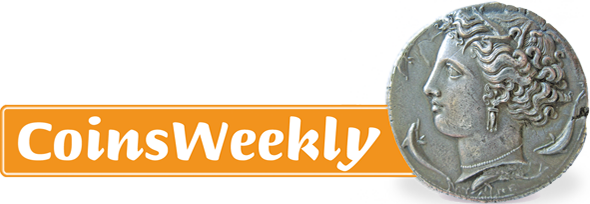200 Years of the Bohemian Savings Bank: A Piece of Monetary History in Coin Form
By Sebastian Wieschowski
The concept of savings banks began to spread across Europe in the second half of the 18th century. Their aim was to encourage people, particularly those from the lower and middle classes, to save their money securely and for the long term. The first such institution in the Habsburg Monarchy was the “Erste oesterreichische Spar-Casse,” founded in Vienna in 1819.
Just six years later, in 1825, a dedicated savings bank was established in Prague. Initially named the “Ersparungskasse für die Hauptstadt Prag und Böhmen” (Savings Bank for the Capital Prague and Bohemia), it later became known as the “Bohemian Savings Bank.” The institution was officially opened on 12 February 1825—a symbolic date, as it also marked the birthday of Emperor Francis I. The emperor supported the savings bank with a financial contribution, helping to build trust in the new institution.
At the time, savers could invest their money with small deposits and earn a four percent interest rate, providing financial security for old age, illness, or unforeseen events. Due to the high demand for loans, the savings bank was able to offer stable returns. Its activities extended beyond the financial sector, as it also invested in construction projects, businesses, and cultural initiatives. Through its extensive economic engagement, the institution significantly shaped both the urban landscape and societal development in Bohemia. Today, the successor of this pioneering savings bank, Česká spořitelna, is the largest bank in the Czech Republic, serving 4.5 million customers.
Coin Design and Artwork
The design of the 200-koruna commemorative coin was created by academic sculptor Zbyněk Fojtů. The obverse features a collage of various historical elements: excerpts from a 50-gulden banknote, sections of an annual report from the Bohemian Savings Bank, and an emblem depicting Saint Wenceslas. This combination highlights the historical significance and the bank’s impact on the country’s economic development.
The reverse of the coin showcases the distinctive façade of the former headquarters of Česká spořitelna on Národní třída in Prague. Additionally, it includes graphic elements inspired by savings books and a bee, a traditional symbol of thrift and diligence.








